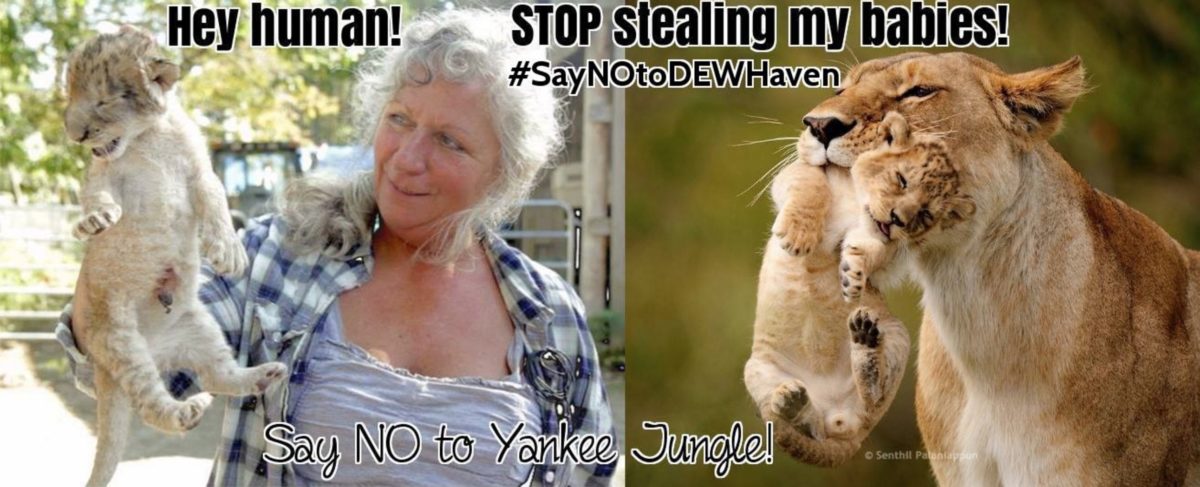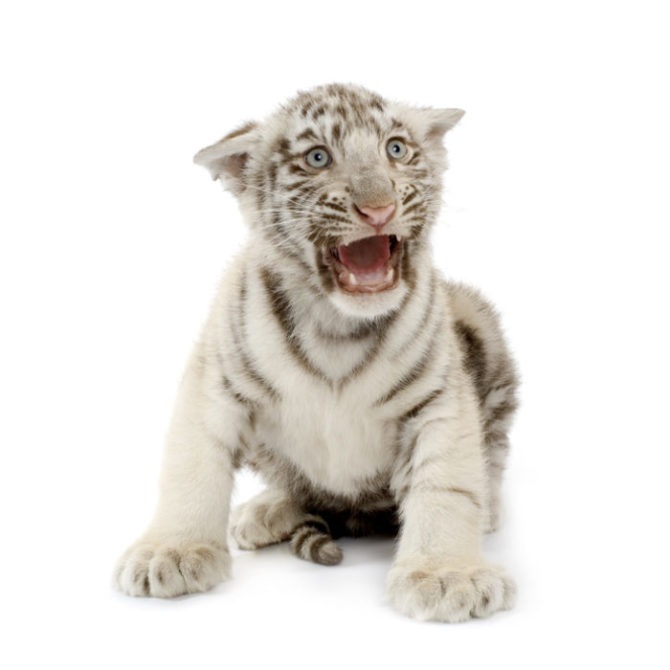2005 Stats to Back Up a Ban on Big Cats
Just a few good reasons to ban private possession of big cats.
2005: Just in the state of Florida there are 3,837 people with permits to own wild animals. Of that number 389 facilities are permitted to own tigers, gorillas and other Class I & Class II dangerous animals, but only 21 are accredited zoos and only 3 are accredited rescue facilites. 0.0002 of FL’s populations owns exotic animals and yet all of us pay the price in safety and damage to the environment when no-longer-novel pets are turned loose.
Florida issues almost 4000 exotic ownership permits each year and has to employ 27 inspectors at a cost to tax payers of 1.5 million dollars per year, just to allow people to keep, breed and sell exotic pets. Permits cost between 50. and 250. This falls 1,250,000.00 short of enough to cover the cost of administration. Figures are from FWCC’s website and an extrapolation of their listed permits multiplied by the cost per permit.
- 389 Facilities in FL with Class I & Class II
- 38 Addresses are out of state
- 100 P.O. Box is all that is listed **
- 21 are accredited zoos
- 3 are accredited rescue facilities
- 365 are not accredited facilities
- **A P.O. Box is all that first responders in a crises, such as a hurricane, can find out from the state and they have to wait three months for the list and they have to pay for it.
Cities and counties often don’t know there are dangerous animals within their boundaries and they are not allowed, under current law, to restrict the ownership of them even if they knew they were there.
Even though Florida has an outright ban on possessing tigers as personal pets, the state now has *1,455 registered tigers, a 50 percent increase in 15 months and second only to Texas in the nation. Florida also has 262 USDA exhibitors for big cats, more than any other state. There are more tiger breeders in Florida than anywhere else but there is no plan for reintroducing tigers back to the wild. (*figures quoted in the Palm Beach Post. FWCC refuses to respond to my inquiry as to the validity of that reporter’s findings. For the past two years I have been trying to get information from FWCC to no avail)
Those who promote the keeping of exotic pets and the Florida Wildlife Conservation Commission will tell you that Florida has the toughest regulations on private possession in the country. If that is the case, then why are there almost twice as many tigers in Florida as in any other state? Why does Florida attract more breeders and dealers than any other state if our laws are so restrictive? If these so called tough laws expose more people to more danger then it is obviously time for a ban.
Just since 1990 63 people have been killed by captive cats. Just in FL, since 1990, there have been 95 incidents of maulings, deaths and escapes by dangerous captive animals. The illegal portion of the 15 billion dollar trade in exotic pets is third only to the market for illegal drugs and weapons.
The Captive Wild Animal Safety Act passed in Dec. of 2003 but it lacked the technical teeth to enforce its ban on the sale or transport of big cats across state lines. In 2005 the Senate approved S. 1415 to correct those flaws, but the House has not yet adopted the language to bring this to the floor. On Jan. 31, 2006 the US FWS proposed a rule RIN 1018-AT69 on the Federal Register to make it illegal to import, export, buy, sell, transport, receive, or acquire, in interstate or foreign commerce, live lions, tigers, leopards, snow leopards, clouded leopards, cheetahs, jaguars or cougars, or any hybrid combination of any of these species, unless certain listed exceptions apply. USFWS defines an accredited sanctuary for the purpose of exempting them from the rule as one that does not breed, sell or barter. The new rule does not grandfather in existing situations other than to allow the animals to live out their lives where they are. They cannot be moved or replaced. You can read a copy of their proposed rule here: or on their site if you can navigate it.
Big Cat Rescue would propose a ban on these types of animals:
- 1. All Nonhuman primates and prosimians (monkeys)
- 2. All Felidae (wild cats: with the exception of domesticated and feral cats, which shall mean domesticated cats that were formerly owned and that have been abandoned and that are no longer socialized, as well as offspring of such cats), and hybrids thereof,
- 3. All Canidae (wild dogs: with the exception of domesticated dogs), and hybrids thereof,
- 4. All Vivveridae, (wolverines)
- 5. All Ursidae, (bears)
- 6. All reptiles that are venomous by nature, pursuant to department regulation, and the following species and families: Boidae family, Asiatic (water) Monitor (V. Salvator), Nile Monitor (V. Nilocitus), White Throat Monitor (V. Albigularus), Black Throat Monitor (V. Albigularus Ionides) and Crocodile Monitor (V. Salvadori) and any hybrid thereof,
- 7. Crocodilia. (crocodiles and alligators)
- 8. Rhinoceros (family Rhinocerotidae)
- 9. Elephants (family Elephantidae)
- 10. Hippopotamuses (family Hippopotamidae)
- 11. Cape buffalos (Syncerus caffer caffer)
- 12. Gavials (crocodiles: family Gavialidae)
- 13. Komodo dragons (lizards: Varanus komodoensis)
The reasons?
There is no reason (other than ego) for people to have them. They are not being bred to replenish the wild or for conservation purposes. They are dangerous in captivity and even more so in the event of escape, release or disaster such as a hurricane. The cost to the state in regulating them exceeds the revenues generated to the state for their possession. There is virtually no market for them outside of the pet trade because zoos breed their own. They can only be used in most cases while they are babies and then are discarded when they become adults. Our python and parrot problem in Florida is evidence that allowing people to own exotic animals, even small ones, results in damage to the environment, a burden to the state and danger to the 18 million people who live in Florida .
If only one clause could help solve this problem it would be:
Nothing contained in this section shall prevent any city, town or county from enacting more restrictive provisions governing the possession of wild animals.
The cities, towns and counties can and will move much more quickly to ban possession of these exotic animals if only they are allowed to do so.





